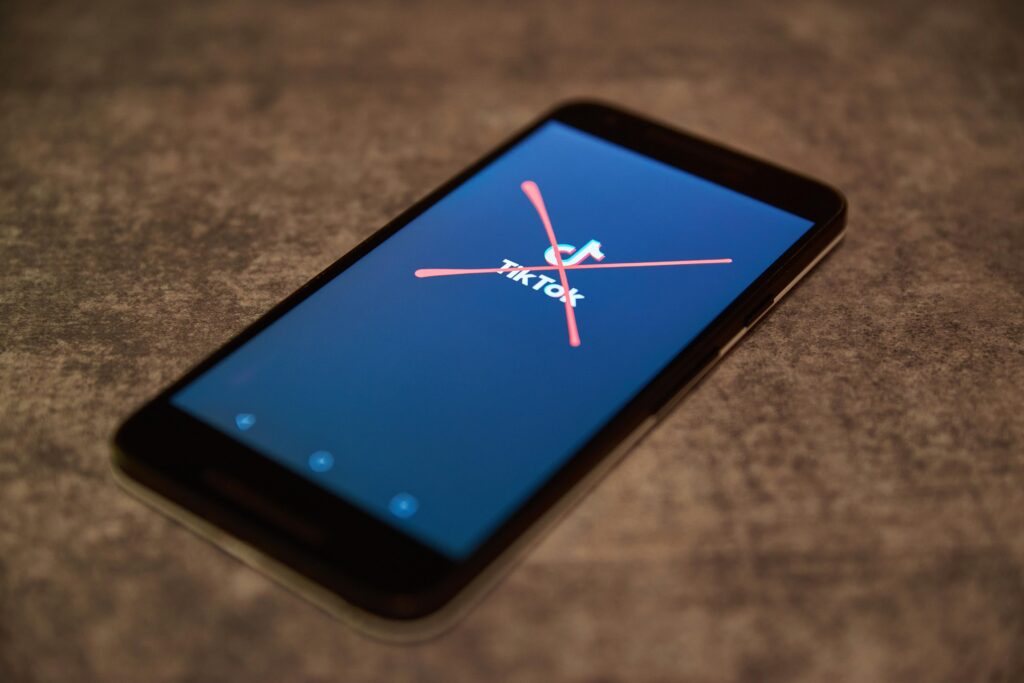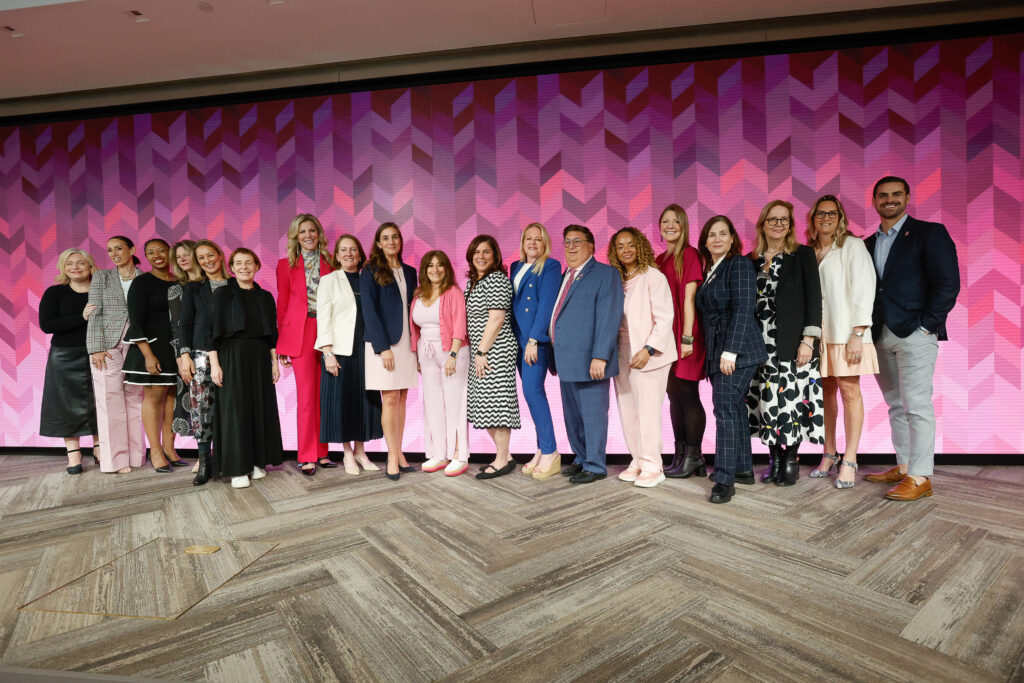—by Suzie Bao
What is AAPI Heritage month about, and why do we celebrate it in May? AAPI stands for Asian American and Pacific Islander, a long name that encompasses a huge group of people from multiple backgrounds, countries, and ethnicities. There are no particular holidays from any Asian cultures currently, so why choose May to celebrate the heritages that originate from 20 countries in the East?
● May 7, 1843, marks the arrival of the first known Japanese immigrants to the U.S.
● May 10, 1869, was the date the transcontinental railroad was completed, with as many as 20,000 Chinese workers participating. (or employed).
The Timeline History of AAPI Month
In 1978, a bill was introduced requesting that the week beginning on May 4th be designated Asian Pacific American Heritage Week. This bill was passed and signed by President Jimmy Carter.
In 1990, the week expanded to a month as the result of a bill signed by Congress and President George H.W. Bush, renaming it Asian Pacific American Heritage Month.
In 1992, it was officially designated as a commemorative month.
This initiative was led by Ruby Moy, an administrative assistant to the U.S. representative from New York, and Jeannie Jew, a former staffer on Capitol Hill and Board member of the OCA-Asian Pacific American Advocates. Frustrated that Asian Pacific Americans were not being given national observances like Black History Month and Hispanic Heritage Week, Ms. Moy and Ms. Jew made it their mission to correct that oversight. She (which woman?) also wanted to honor her great-grandfather, who contributed to building the Transcontinental Railroad,
In 2000, the U.S. Census made the Native Hawaiian and Pacific Islander (NHPI) a distinct racial category, separate from the Asian American category. Native Hawaiian or Pacific Islander is defined as “a person having origins in any of the original peoples of Hawaii, Guam, Samoa, or other Pacific Islands.” The AA and NHPI populations consist of over 50 distinct ethnicities in the U.S. Historically, Asian Americans, Native Hawaiians, and Pacific Islanders have been lumped into an umbrella racial category.
In 2009, the name of the heritage month officially changed to Asian American Native Hawaiian and Pacific Islander Heritage month, to include Islanders in remembering the challenges and celebrating the achievements that define our history. This was a proclamation announced by President Barack Obama in 2009 (President Obama spent most of his childhood in Hawaii).
The Rise and Growth of Asian Communities and Their Activism in the U.S.
Asians are the fastest-growing racial group in the country. The U.S. Asian population is projected to reach 46 million by 2060 and is now a record 23 million Asian Americans, tracing roots to more than 20 countries in East and Southeast Asia and India. The six origin groups that make up 85% of all Asian Americans are: Chinese, Indian, Filipino, Vietnamese, Korean, and Japanese. Almost half (45%) live in the West, followed by 24% in the South, 19% in the Northeast and 12% in the Midwest.
The term “Asian American” was coined in 1968 by Berkeley students inspired by the Black Power Movement as a replacement for the derogatory word, “Oriental.” At the time, Emma Gee and Yuji Ichioka were graduate students in need of a name for their new student organization, which they had formed to increase the visibility of activists of Asian descent. They saw the opportunity to come up with a term that would bring together distinct groups of people of Asian origin.
Workplace and Language Discrimination Against Asian Workers
There are other terms that have kept AAPI from thriving. The “Bamboo Ceiling” was coined in 2005 by Jane Hyun in Breaking the Bamboo Ceiling: Career Strategies for Asians. It describes the barriers faced by Asian Americans in the workplace–including discrimination, stereotypes, and racism–that had historically made it difficult for Asians to break through to upper management in the corporate world.
According to McKinsey & Company, Asian Americans account for 9% of Senior Vice Presidents, but only 5% of promotions from SVP to the C-Suite, with Asian American women specifically accounting for just 1% of these promotions. In a study published by the Association of Asian American Investment Managers, 62% of API women said they were most hindered in their careers at the latter stages as they moved beyond junior-level roles. When asked why, many respondents said that stereotypes of API women being viewed as good executors, but not leaders, or being thought of as subservient or meek, played a big role.
The other term is Model Minority. It was coined in 1966 by sociologist William Petersen in his article “Success Story: Japanese American Style,” a piece he wrote for the New York Times Magazine. Petersen emphasized the hard work it took for Japanese Americans to overcome discrimination against their group and achieve success. This term classifies Asian Americans as successful, wealthy, hard-working, and smart. The “model minority” stereotype is problematic because it masks many of the struggles faced by Asian Americans and hides anti-Asian racism while simultaneously assuming Asians do not need any help.
In 2022, a creative team at Weiden & Kennedy did a short video called “the Myth” that encapsulates the modern sentiment of the harm that this phrase has done.
The Myth – YouTube
Despite the fact that 54% of Asian people hold at least a bachelor’s degree, (a percentage than any other racial group, Asian people are disproportionately underrepresented in management positions. In fact, a recent analysis from USA TODAY found that when looking at S&P 100 companies, 1 out of every 96 Asian men and 1 out of every 124 Asian women hold a top job, compared to 1 out of every 45 white men and 1 out of every 60 white women.
How You Can Support Future Change
What actions can you, as an individual, an ally, or an organization take? For AANHPI individuals, actions include:
1. Give yourself permission to take mental health days
2. Make time to self-reflect
3. Educate yourself on AANHPI history
4. Find your voice and share your story
There are many ways to be a better ally:
1. Donate or intentionally bring your business to AAPI or AANHPI organizations to support the local communities and causes
2. Enroll in bystander intervention and allyship training or workshops
3. Check in with your AANHPI community
4. Follow AAPI leaders and organizations
As for companies, acknowledge what is happening to disrupt business as usual. Do not be silent about the injustices that are happening in the world.
1. Support AAPI-owned or -led businesses, partners and vendors.
2. Create safe spaces and provide resources for your employees and actively support employee resource groups (ERGs) and/or DEI committees. Consider implementing them if you do not have the resources already.
3. Amplify and elevate AAPI employees.
Suzie Bao, Group Account Director, is a strategic marketing leader for top brands in financial services, telecom, automotive, technology and entertainment categories. She brilliantly connects brands to consumers by way of the advertising industry for over 20+ years. In 2021, she became an Advisory Board Member for Asians in Advertising, a non-profit organization to further the AAPI community in the advertising industry. The other roles she plays in no particular order are mother, mentor, coach and speaker.







